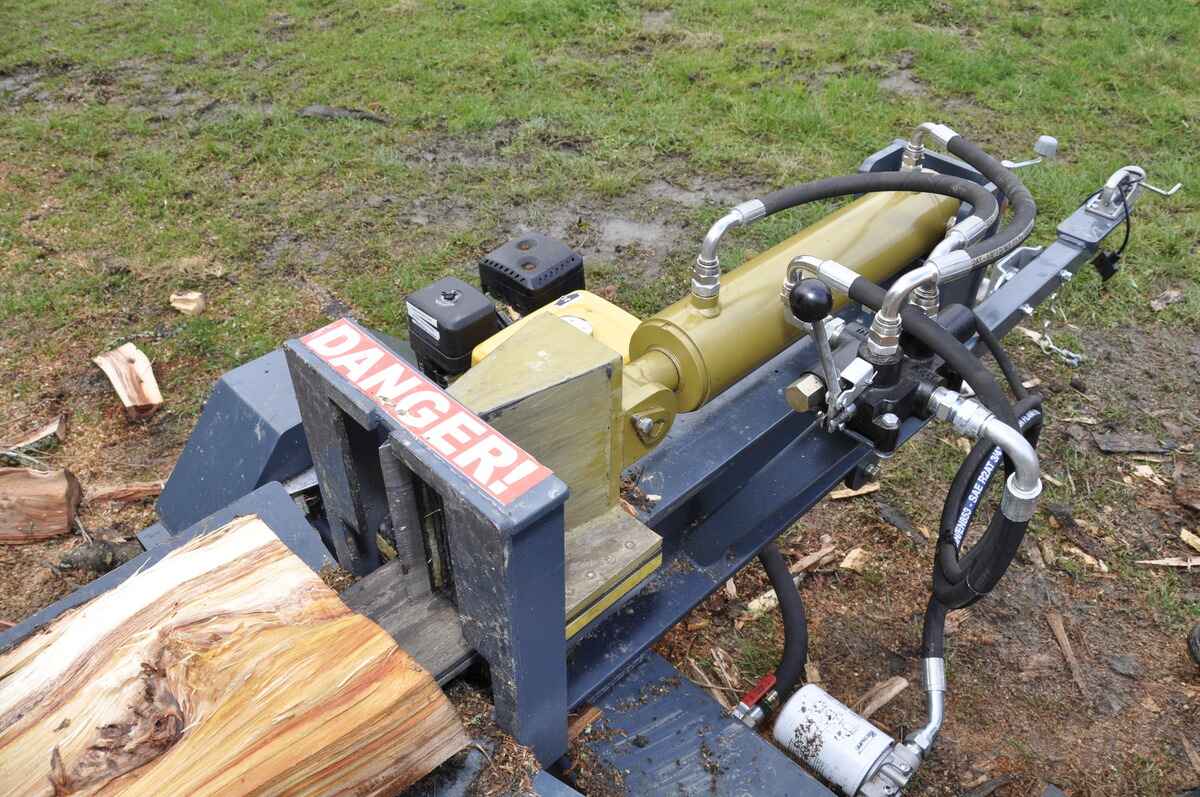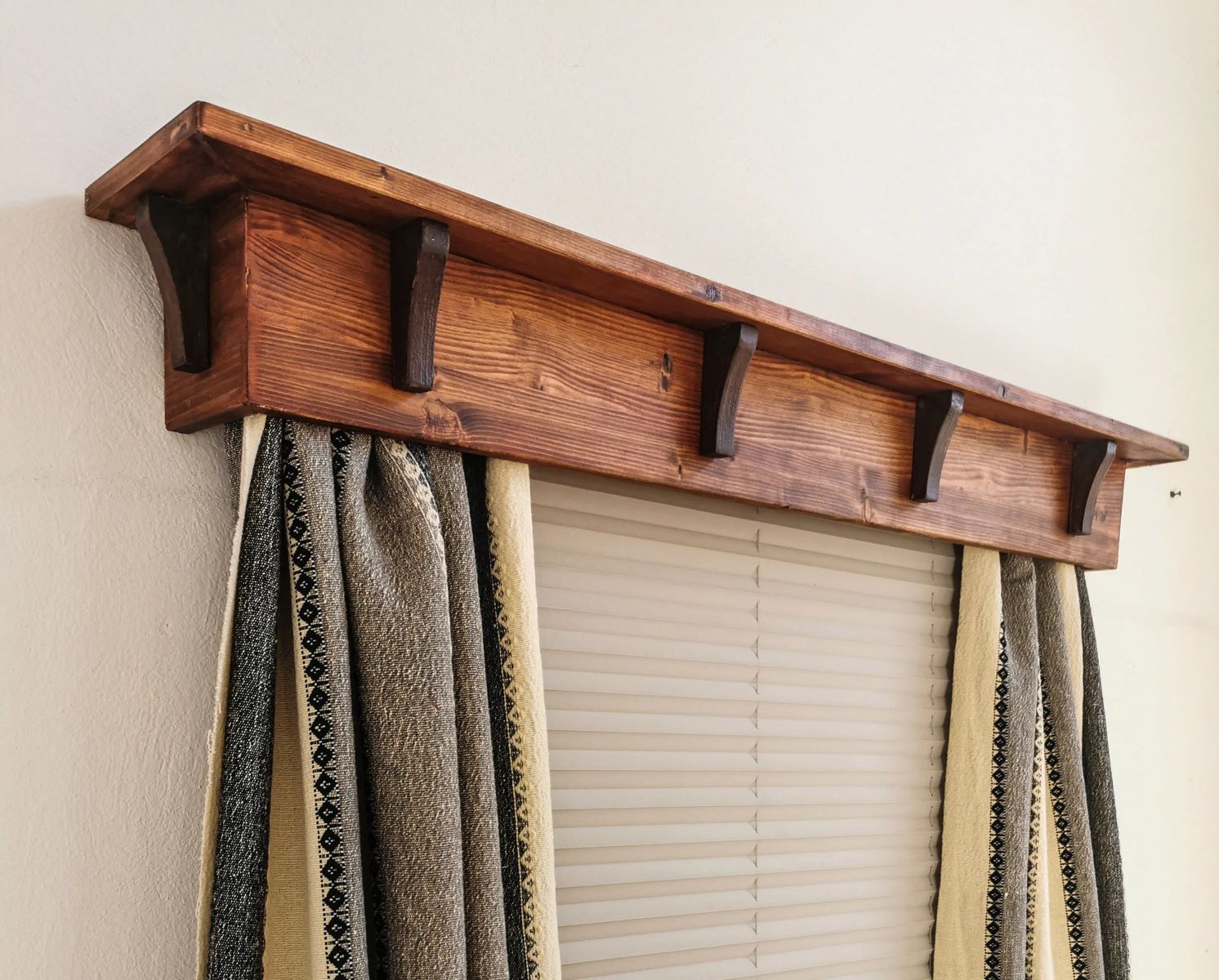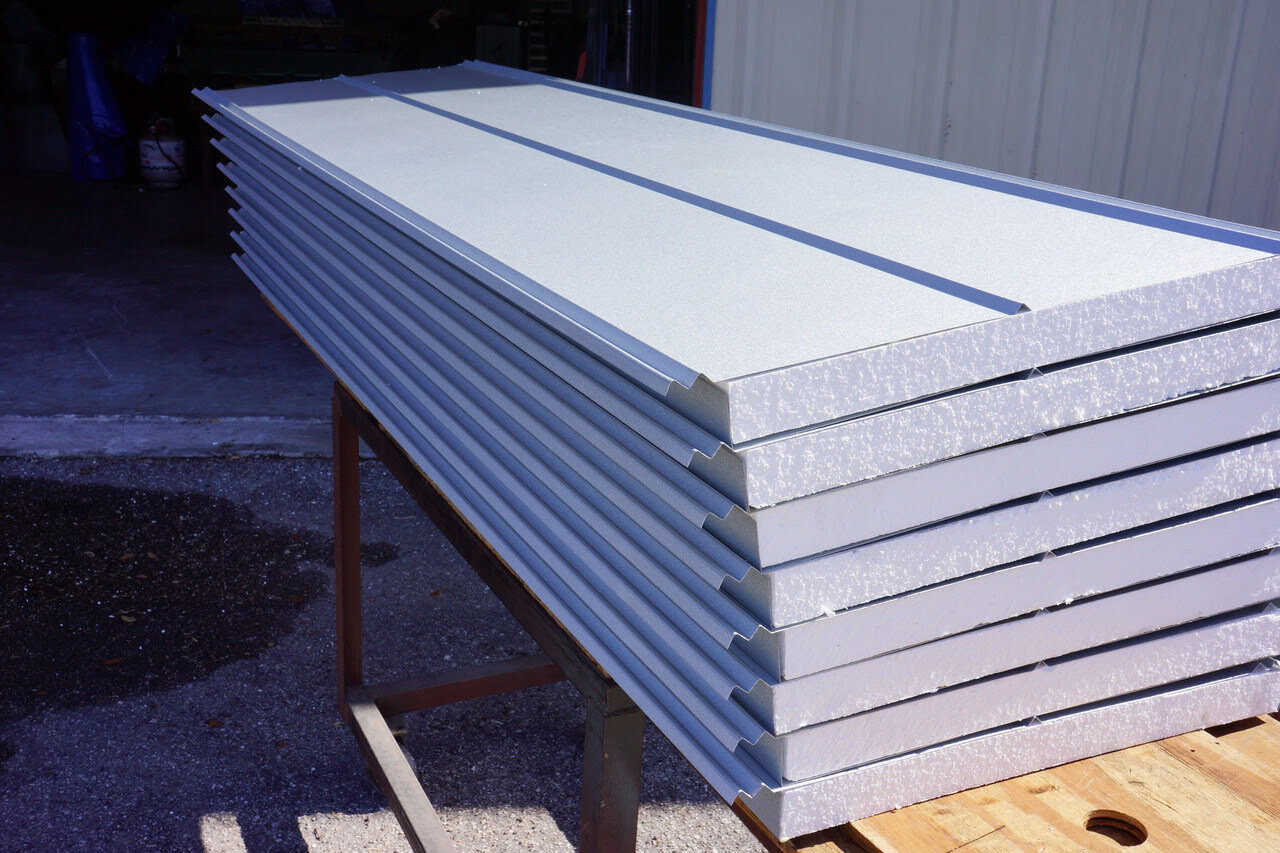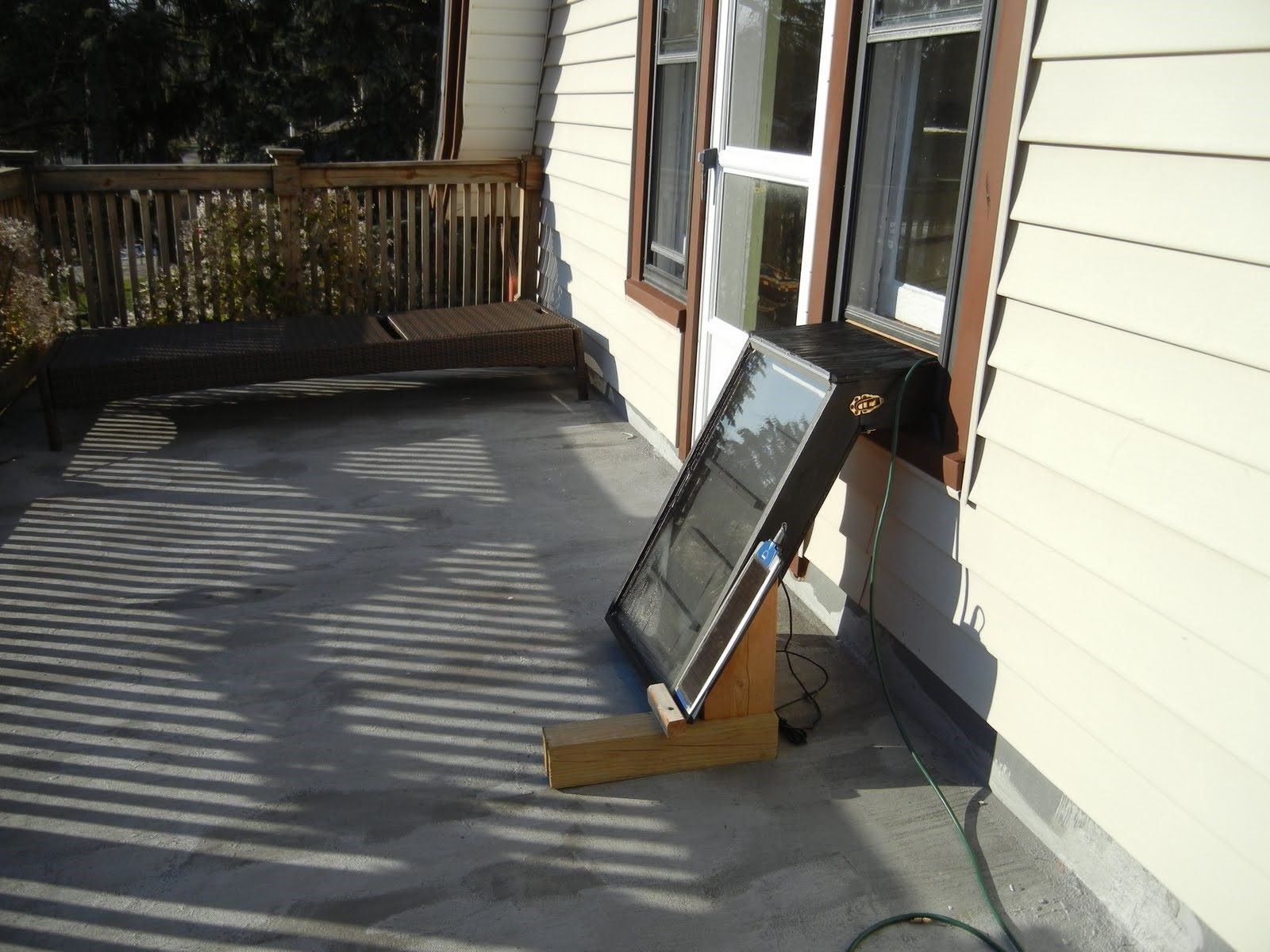Home>Create & Decorate>DIY & Crafts>DIY Homemade Log Splitter: How To Build Your Own Efficient Wood Splitting Machine


DIY & Crafts
DIY Homemade Log Splitter: How To Build Your Own Efficient Wood Splitting Machine
Published: April 17, 2024

Senior Editor in Create & Decorate, Kathryn combines traditional craftsmanship with contemporary trends. Her background in textile design and commitment to sustainable crafts inspire both content and community.
Learn how to build your own efficient DIY homemade log splitter for wood splitting with our step-by-step guide. Perfect for DIY & Crafts enthusiasts!
(Many of the links in this article redirect to a specific reviewed product. Your purchase of these products through affiliate links helps to generate commission for Twigandthistle.com, at no extra cost. Learn more)
Introduction
Are you tired of spending hours splitting wood by hand? Do you want to save money by building your own log splitter? In this article, we'll guide you through the process of creating your very own DIY homemade log splitter. Whether you're a seasoned DIY enthusiast or a beginner looking for a new project, building a log splitter can be a rewarding and cost-effective endeavor. With the right materials, tools, and know-how, you can construct an efficient wood splitting machine that will make your firewood preparation a breeze. Let's dive into the world of log splitters and learn how to build one from scratch!
Read more: DIY Rustic Bathroom Vanity: Homemade Project
Understanding the Basics of Log Splitters
When it comes to splitting wood, log splitters are a game-changer. These machines are designed to make the task of splitting wood more efficient and less labor-intensive. There are various types of log splitters available, including hydraulic, electric, and kinetic models. Hydraulic log splitters are the most common and are powered by a hydraulic pump that exerts pressure to split the wood. Electric log splitters are suitable for smaller-scale projects and are powered by electricity, making them ideal for indoor use. Kinetic log splitters use a flywheel system to generate kinetic energy, offering a faster and more powerful wood splitting experience.
Log splitters come in different tonnage ratings, which determine their splitting force. Tonnage refers to the amount of force the splitter can exert to split the wood. For example, a 20-ton log splitter can exert 20 tons of force, making it suitable for splitting larger and tougher logs. Understanding the basics of log splitters, including their types and tonnage ratings, is essential when it comes to building your own homemade log splitter. By familiarizing yourself with these fundamental aspects, you can make informed decisions about the design and specifications of your DIY wood splitting machine.
Choosing the Right Materials and Tools
When embarking on the journey of building your own homemade log splitter, selecting the appropriate materials and tools is crucial to the success of your project. Here’s a comprehensive guide to help you make informed choices:
Materials
- Steel Beam: The main frame of your log splitter will require a sturdy steel beam to withstand the force of wood splitting. Look for a high-quality steel beam that is durable and capable of handling the pressure.
- Hydraulic Cylinder: This component is essential for generating the force needed to split the wood. Choose a hydraulic cylinder with the appropriate tonnage rating based on your wood splitting requirements.
- Engine or Motor: Depending on the type of log splitter you’re building, you’ll need an engine or motor to power the hydraulic system. Select an engine or motor that is compatible with the hydraulic components and provides sufficient power for efficient wood splitting.
- Wedges and Blade: The splitting wedge and blade are responsible for actually splitting the wood. Ensure that these components are made of durable materials such as hardened steel to withstand the rigors of wood splitting.
- Support Stand and Wheels: To enhance the portability and stability of your homemade log splitter, consider incorporating a support stand and wheels. These features will make it easier to move the log splitter to different locations and provide stability during operation.
Tools
- Welder: Assembling the steel frame and other components will require welding. Invest in a high-quality welder and ensure that you have the necessary welding skills to create strong and secure joints.
- Drill and Bits: You’ll need a drill and a selection of drill bits to create holes for mounting components and assembling the log splitter’s structure.
- Angle Grinder: An angle grinder will be essential for cutting and shaping metal components, ensuring a precise fit and finish for your homemade log splitter.
- Socket Set and Wrenches: A comprehensive set of sockets and wrenches will be indispensable for assembling and tightening nuts, bolts, and other fasteners.
- Measuring Tools: Accurate measurements are crucial for ensuring the proper alignment and functionality of your log splitter. Have a tape measure, square, and other measuring tools on hand.
By carefully selecting the right materials and tools for your DIY homemade log splitter, you can lay a solid foundation for a well-built and efficient wood splitting machine. Take the time to research and acquire high-quality components and tools, as they will contribute to the durability, performance, and safety of your homemade log splitter.
Read more: How To Build A Log Cabin
Step-by-Step Guide to Building Your Homemade Log Splitter
Now that you have a clear understanding of log splitters and have gathered the necessary materials and tools, it's time to delve into the step-by-step process of constructing your very own homemade log splitter. Follow these detailed instructions to bring your wood splitting machine to life:
1. Design and Planning
Begin by creating a detailed design and plan for your homemade log splitter. Consider the dimensions, placement of components, and overall structure. Take into account the size of the logs you'll be splitting and ensure that the design accommodates your specific wood splitting needs.
2. Frame Assembly
Using the steel beam and welding equipment, construct the frame of the log splitter according to your design. Ensure that the frame is sturdy and well-aligned to support the hydraulic components and splitting mechanism.
3. Mounting the Hydraulic Cylinder
Position the hydraulic cylinder on the frame, ensuring that it is securely mounted and aligned for optimal performance. The hydraulic cylinder will serve as the powerhouse of your log splitter, providing the force needed to split the wood.
4. Installing the Engine or Motor
If your log splitter requires an engine or motor for power, carefully install and secure it to the frame. Ensure that the engine or motor is compatible with the hydraulic system and can deliver the necessary power for efficient wood splitting.
5. Adding the Splitting Wedge and Blade
Attach the splitting wedge and blade to the hydraulic cylinder, ensuring that they are properly aligned and securely fastened. These components will be responsible for splitting the wood as the hydraulic force is applied.
6. Hydraulic System Setup
Connect the hydraulic hoses, control valve, and other hydraulic components according to the specifications of your design. Test the hydraulic system to ensure proper functionality and address any leaks or issues.
7. Support Stand and Wheels
If you've opted to include a support stand and wheels for portability and stability, attach these components to the frame. The support stand will provide stability during operation, while the wheels will allow for easy maneuvering of the log splitter.
Read more: DIY: Building a Solid Wood Door
8. Testing and Calibration
Once the log splitter is fully assembled, conduct thorough testing to ensure that all components are functioning as intended. Calibrate the hydraulic system and make any necessary adjustments to achieve optimal wood splitting performance.
By following this step-by-step guide, you can bring your DIY homemade log splitter to fruition and enjoy the satisfaction of creating a practical and efficient wood splitting machine tailored to your specific needs. With careful planning and attention to detail, you can build a log splitter that enhances your wood processing capabilities and simplifies the task of preparing firewood.
Safety Precautions and Maintenance Tips
Prioritizing safety is paramount when operating and maintaining a homemade log splitter. By adhering to essential safety precautions and implementing regular maintenance practices, you can ensure the longevity of your wood splitting machine and safeguard yourself from potential hazards.
Safety Precautions
-
Protective Gear: Always wear appropriate protective gear, including safety goggles, gloves, and steel-toed boots, when operating the log splitter. This gear will shield you from wood splinters, debris, and potential impact injuries.
-
Clear Work Area: Before using the log splitter, clear the work area of any obstructions, debris, or bystanders. Maintaining a clutter-free environment around the machine reduces the risk of accidents and ensures safe operation.
-
Read the Manual: Familiarize yourself with the operation and safety instructions outlined in the log splitter's manual. Understanding the machine's features, controls, and safety guidelines is crucial for safe and effective use.
-
Two-Hand Operation: If your log splitter is equipped with a two-hand operation mechanism, always use it as intended. This feature requires the operator to use both hands to engage the splitting process, minimizing the risk of hand injuries.
-
Hydraulic System Inspection: Regularly inspect the hydraulic hoses, fittings, and components for signs of wear, leaks, or damage. Address any issues promptly to prevent hydraulic system failures during operation.
-
Secure Logs: Ensure that the logs to be split are stable and properly positioned on the log splitter's bed. Unstable or improperly placed logs can lead to unpredictable splitting and potential hazards.
Maintenance Tips
-
Lubrication: Regularly lubricate moving parts, such as the splitting wedge, blade, and hydraulic components, to reduce friction and ensure smooth operation. Use the recommended lubricants specified in the log splitter's maintenance guidelines.
-
Inspection and Cleaning: Conduct routine inspections of the log splitter's components and clean any debris or buildup that may impede its functionality. Check for loose fasteners, damaged parts, and hydraulic fluid levels during these inspections.
-
Hydraulic Fluid Check: Monitor the hydraulic fluid levels and quality according to the manufacturer's recommendations. Maintaining the proper fluid levels and using clean, high-quality hydraulic fluid is essential for the log splitter's performance and longevity.
-
Storage and Protection: When not in use, store the log splitter in a dry and sheltered location to protect it from the elements. Cover the machine to shield it from moisture, dust, and debris that could compromise its components.
-
Professional Servicing: If you encounter complex issues or require major repairs, seek professional servicing from qualified technicians. Attempting to repair intricate hydraulic or engine-related problems without the necessary expertise can pose safety risks and may lead to further damage.
By adhering to these safety precautions and maintenance tips, you can promote a safe operating environment and prolong the lifespan of your homemade log splitter. Regular care and attention to safety measures will contribute to the efficient and reliable performance of the wood splitting machine, ensuring a productive and secure wood processing experience.
Read more: How to Build DIY Wood Shutters
Conclusion
In conclusion, building your own DIY homemade log splitter can be a gratifying and practical endeavor for anyone seeking to streamline the process of wood splitting. By understanding the basics of log splitters, carefully selecting the right materials and tools, and following a step-by-step construction guide, you can create a customized wood splitting machine tailored to your specific requirements. Prioritizing safety precautions and implementing regular maintenance practices will not only ensure the longevity of your homemade log splitter but also safeguard you from potential hazards during operation.
With the satisfaction of constructing a functional and efficient wood splitting machine, you can enhance your firewood preparation and enjoy the convenience of a personalized log splitter. Whether you're a DIY enthusiast or someone looking to explore a new project, the process of building a homemade log splitter offers a rewarding opportunity to blend creativity, practicality, and woodworking skills. Embrace the challenge, exercise caution, and revel in the accomplishment of crafting your very own DIY homemade log splitter.












